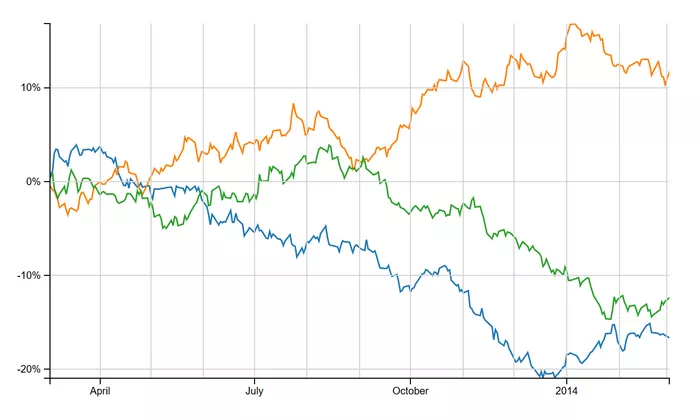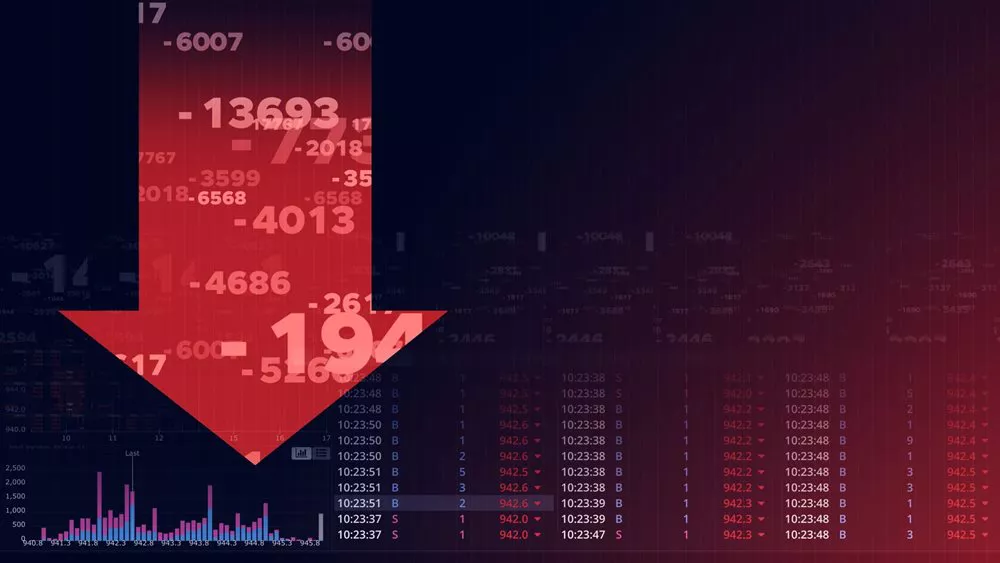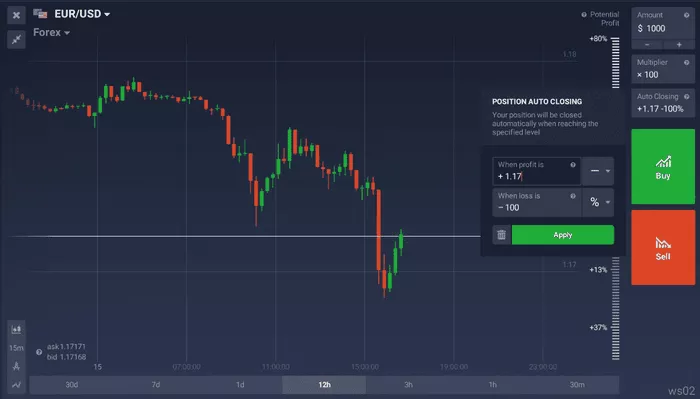Selling stocks is a common aspect of investing, and for those using Schwab, a leading online brokerage platform, the process is designed to be efficient and straightforward. Whether you’re an experienced investor or a beginner, understanding how to sell stocks on Schwab is essential to effectively manage your portfolio and achieve your financial goals. This article will guide you through the steps of selling stocks on Schwab, explain the different types of orders you can place, and provide useful tips to help you navigate the process.
Why Sell Stocks on Schwab?
Before delving into the mechanics of selling stocks on Schwab, it’s essential to understand why Schwab is a popular platform for stock transactions. Schwab offers a wide range of benefits for investors, including:
User-Friendly Interface: Schwab’s platform is designed to cater to both beginners and experienced traders, with an easy-to-navigate interface that simplifies the buying and selling process.
Low Fees: Schwab is known for its competitive pricing structure, offering $0 commission on online stock and ETF trades, making it an attractive option for cost-conscious investors.
Research and Education: Schwab provides comprehensive research tools and educational resources, enabling investors to make informed decisions when buying or selling stocks.
Access to Global Markets: Schwab offers access to international markets, making it an excellent choice for investors looking to diversify their portfolios globally.
Step-by-Step Guide on How to Sell Stocks on Schwab
Selling stocks on Schwab is a simple process that can be done in a few easy steps. Below is a comprehensive guide to help you through the selling process.
1. Log into Your Schwab Account
To begin selling stocks on Schwab, you first need to log into your Schwab account. Whether you’re using the Schwab website or the mobile app, the process is the same:
Go to Schwab’s website or open the Schwab mobile app.
Enter your username and password.
Click on the “Log In” button to access your account.
Once you’re logged in, you can access your portfolio and begin selling your stocks.
2. Navigate to Your Portfolio
After logging in, the next step is to navigate to your portfolio. Here’s how you can do that:
On the Schwab website, go to the “Accounts” section, which will display your portfolio holdings.
On the Schwab mobile app, click on the “Accounts” tab at the bottom of the screen.
This will show you a list of all the stocks and other assets you currently hold in your Schwab account.
3. Select the Stock You Want to Sell
To sell a specific stock, you must first locate it in your portfolio. Once you’ve found the stock, click on it to open more details. This will give you the current market value, the number of shares you own, and other important information about the stock.
4. Initiate the Sell Order
Now that you’ve selected the stock, you can proceed to initiate the sell order. Here’s how to do it:
On the Schwab website, click the “Sell” button next to the stock you want to sell.
On the Schwab mobile app, tap on the “Sell” option after selecting the stock.
This will open the sell order form where you can specify the details of your transaction.
5. Specify the Number of Shares to Sell
At this stage, you’ll be prompted to specify how many shares of the stock you want to sell. You have a few options here:
Sell All: If you want to sell all the shares of the stock you own, select the option to sell all shares.
Partial Sale: If you only want to sell a portion of your holdings, enter the number of shares you want to sell.
Make sure to carefully check how many shares you wish to sell to avoid mistakes in your order.
6. Choose the Order Type
Schwab offers several types of orders that allow you to specify the price at which you want to sell your stock. Understanding these order types is crucial to executing your trades effectively.
Market Order
A market order is the simplest and quickest way to sell stocks. When you place a market order, you’re agreeing to sell your stock at the best available price in the market. This is ideal if you want to sell immediately but may result in a price that’s slightly different from the one you saw when placing the order.
Limit Order
A limit order allows you to specify the price at which you want to sell the stock. If the stock reaches your desired price, your order will be executed. However, if the stock doesn’t reach that price, the order will not be executed. This type of order provides more control over the price but may result in the order not being filled immediately, or at all.
Stop Order (Stop-Loss Order)
A stop order, or stop-loss order, is placed to sell a stock once it reaches a certain price. This is typically used to limit losses if a stock’s price falls to a certain level. Once the stock price hits your specified stop price, the order becomes a market order, and the stock is sold at the best available price.
Stop-Limit Order
A stop-limit order is similar to a stop order, but with an added limit price. This means that once your stop price is hit, the order becomes a limit order, and the stock will only be sold if the price is within your specified limit. This offers more control over the price but comes with the risk of the order not being filled if the price moves too quickly.
7. Review and Place Your Order
Once you’ve selected the order type and specified the number of shares you wish to sell, Schwab will prompt you to review your order. This is an important step to ensure everything is correct before you finalize the transaction. Double-check the following:
Number of shares: Ensure the number of shares is correct.
Order type: Review the order type you selected and make sure it aligns with your goals.
Price: For limit and stop-limit orders, check that the price is correctly set.
After reviewing everything, click on the “Place Order” button to execute the trade.
8. Monitor Your Order
Once your order is placed, Schwab will begin processing it. If you placed a market order, the trade should be executed almost immediately, but if you placed a limit or stop order, it may take time for the order to be filled. You can monitor the status of your order in the “Orders” section of your Schwab account.
9. Confirm the Sale
After your order is executed, you will receive a confirmation of the sale. This confirmation will include the details of the trade, such as the number of shares sold, the price at which the shares were sold, and any commissions or fees (if applicable). You can access this confirmation through your Schwab account.
Key Tips for Selling Stocks on Schwab
To make the most of your stock-selling experience on Schwab, here are a few tips:
1. Understand Market Conditions
Before selling stocks, it’s crucial to understand market conditions. Look at trends, earnings reports, and other relevant factors that might influence the price of your stocks. By understanding the broader market landscape, you can make more informed decisions about when and how to sell.
2. Plan Your Sales Strategically
Selling stocks should be part of a broader investment strategy. Whether you’re selling to take profits, cut losses, or rebalance your portfolio, it’s essential to have a clear plan in place.
3. Utilize Schwab’s Research Tools
Schwab offers a variety of research tools that can help you assess the performance of the stocks you’re considering selling. These tools provide insights into the stock’s price history, financial health, and future projections, all of which can guide your selling decisions.
4. Be Aware of Taxes
Selling stocks may have tax implications, especially if you’ve made a profit. Be mindful of the potential capital gains tax liability, and consider consulting with a tax professional to understand how your stock sales might impact your tax situation.
5. Monitor Your Portfolio Regularly
It’s important to keep track of your portfolio on an ongoing basis. Regularly reviewing your stocks can help you make timely decisions about when to sell based on changes in the market, your investment goals, or your financial needs.
Conclusion
Selling stocks on Schwab is a straightforward process that can be completed in just a few steps. With a variety of order types and the ability to track your transactions in real-time, Schwab makes it easy for investors to manage their portfolios effectively. By understanding the different order types, planning your sales strategically, and utilizing Schwab’s research tools, you can make informed decisions about when and how to sell your stocks. Whether you’re taking profits, cutting losses, or rebalancing your portfolio, Schwab’s user-friendly platform provides everything you need to navigate the stock-selling process with confidence.
Related topics:
































